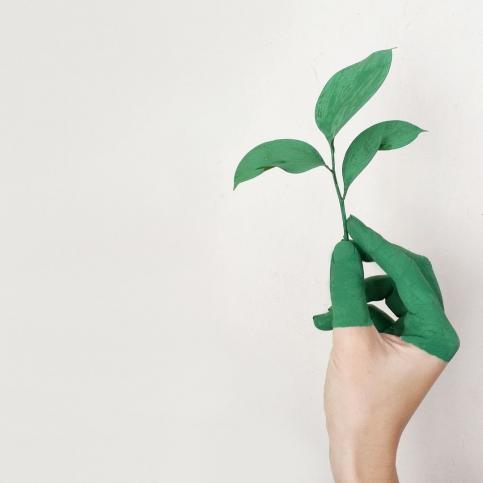
Having touched upon the established recycling practices for PVC that exist in the world today, we turn our heads towards the future.
Scientific advancements are progressing at a rapid rate, and with the road to sustainability at the forefront of the leading minds of our time, advancements in PVC waste management are no stranger to this progress.
Our story today brings us to one such advancement – separation of chlorinated PVC.
To get things started…
First, a Briefing on PVC
As chlorine forms the bulk of PVC, as well as being the chemical of focus for our piece today, we will delve into its characteristics with closer scrutiny.
PVC, known in full as polyvinyl chloride, is compromised from a combination of petroleum and chlorine. It is indeed this chlorine that imbues PVC with the fire-resistant and durable properties that makes it ideal as a clear packaging solution.
In fact, as a thermoplastic (malleable when heated, rigid when cooled) that can be fashioned for a number of uses, such as clear packaging, at fractional costs, PVC dominates much of the plastic industry and is estimated to grow by almost 38% in 2020 when compared to 2013.
With Popularity Comes Responsibility – the Main Issue with Chlorine
The continued uptake of PVC products, like clear packaging, in society as well as with manufacturers has a shed a light on some of underdeveloped processes in place when it comes to separating some of its more toxic by-products, namely its high chlorine content.
The issue that is hunched on the back of the chlorine present in PVC products like clear packaging is that upon disposal it can be subject to the temperature and oxygen ranges that lead to improper combustion and the formation of dioxins.
Dioxins are a known toxic compound that are associated with detrimental effects on health and the environment. However, dioxin emission levels have been reduced by 90% since 1987, thanks to intervention by the Environmental Protection Agency (EPA).
This percentage continues to grow via scientific breakthroughs…
The Next Step in Plastic Disposal
An article published on 1st April, 2019 in the journal ‘Waste Management’ has identified methods of mitigating some of the ecological impacts associated with the recycling of PVC products like clear packaging, namely chlorinated PVC.
Separating chlorinated PVC in a selective capacity has proven to be a troublesome endeavour as it shares very similar profiles in terms of hydrophobic surfaces and densities compared to other plastics within a waste mixture.
The researchers developed a technique for single-step PVC separation by way of combining ultrasonic irrigation with a hydrogen peroxide (H2O2) solution.
Ingenuity of this solution shows in its simplicity – instead of floating atop with other plastic mixtures, by increasing the PVC’s tendency to wettability, they fall to the bottom instead, making for simple identification.
Promise of this technique continues to unfold as miniscule levels of H2O2 (3% concentration) are required for this to be effective and can be used up to 2 times before needing to be replaced, a truly sustainable practice.
For its continued development, researchers are now looking into optimising the ultrasonic irrigation times and temperatures so that PVC separation can be even more effective.